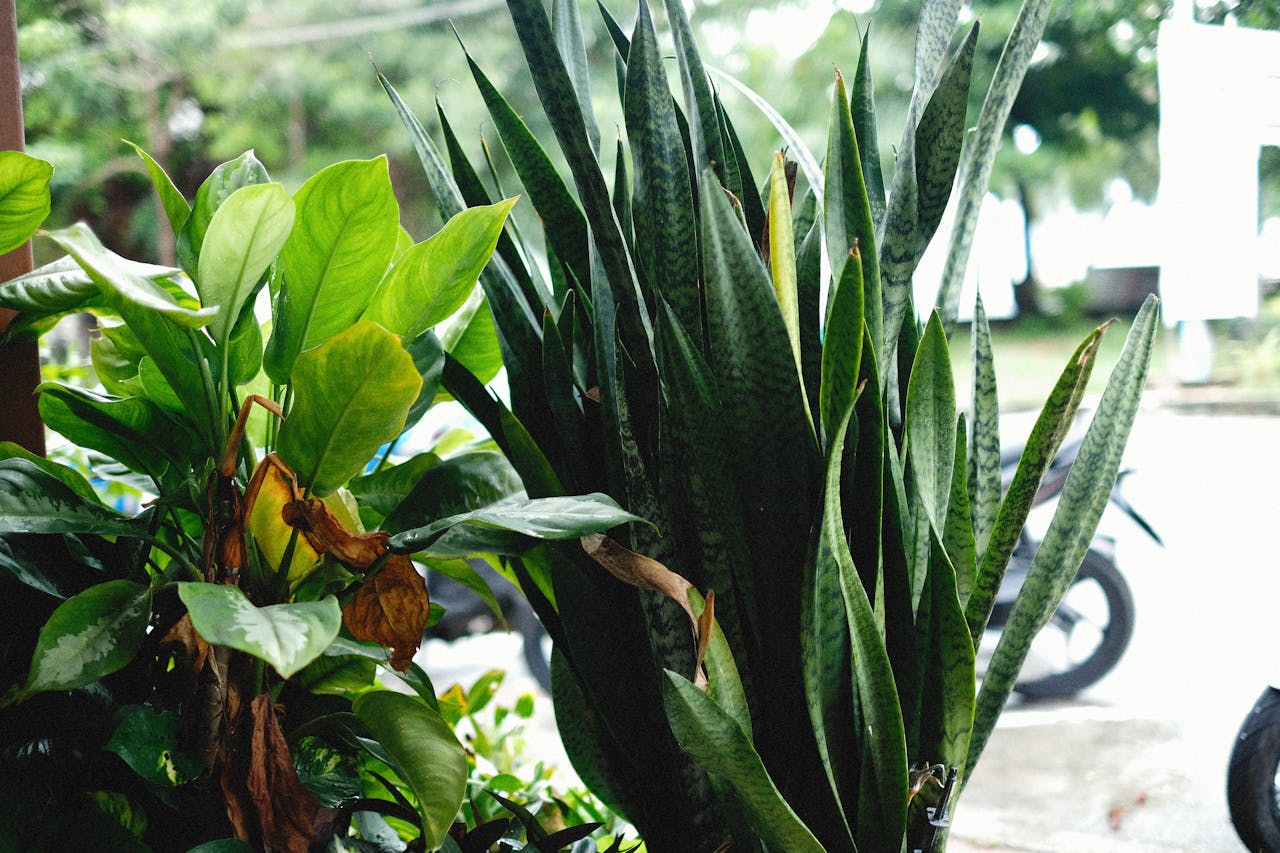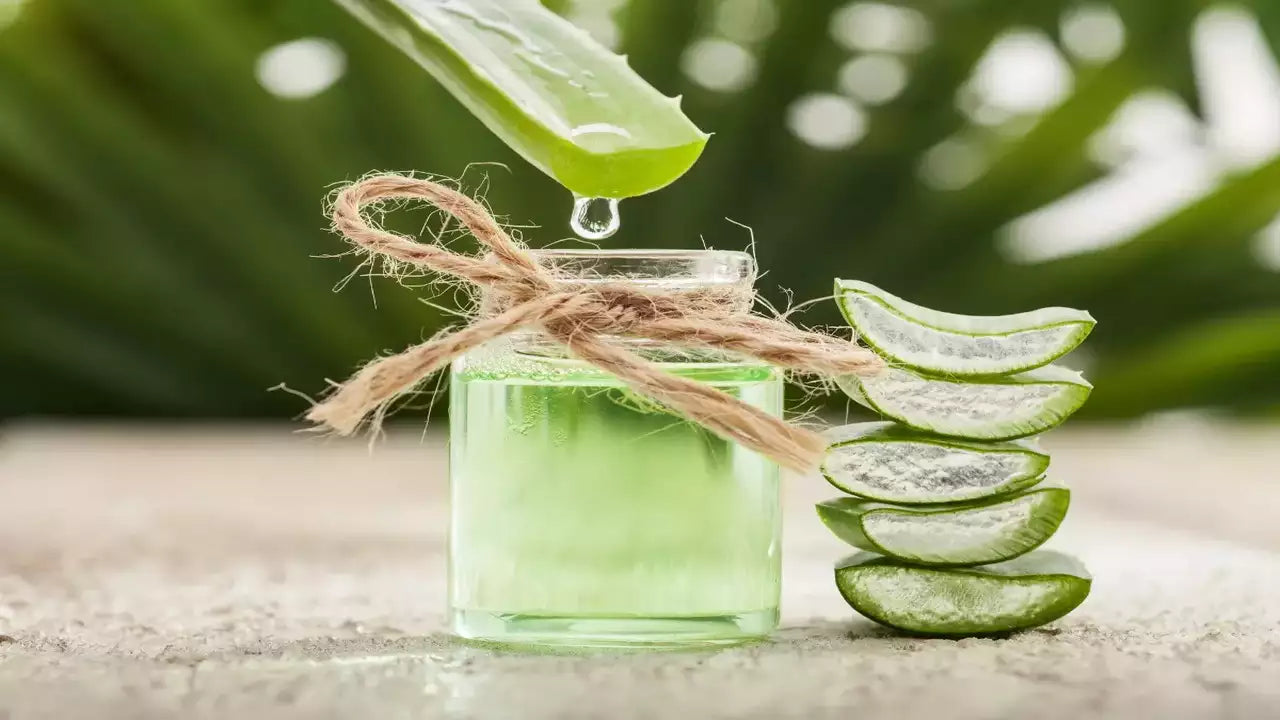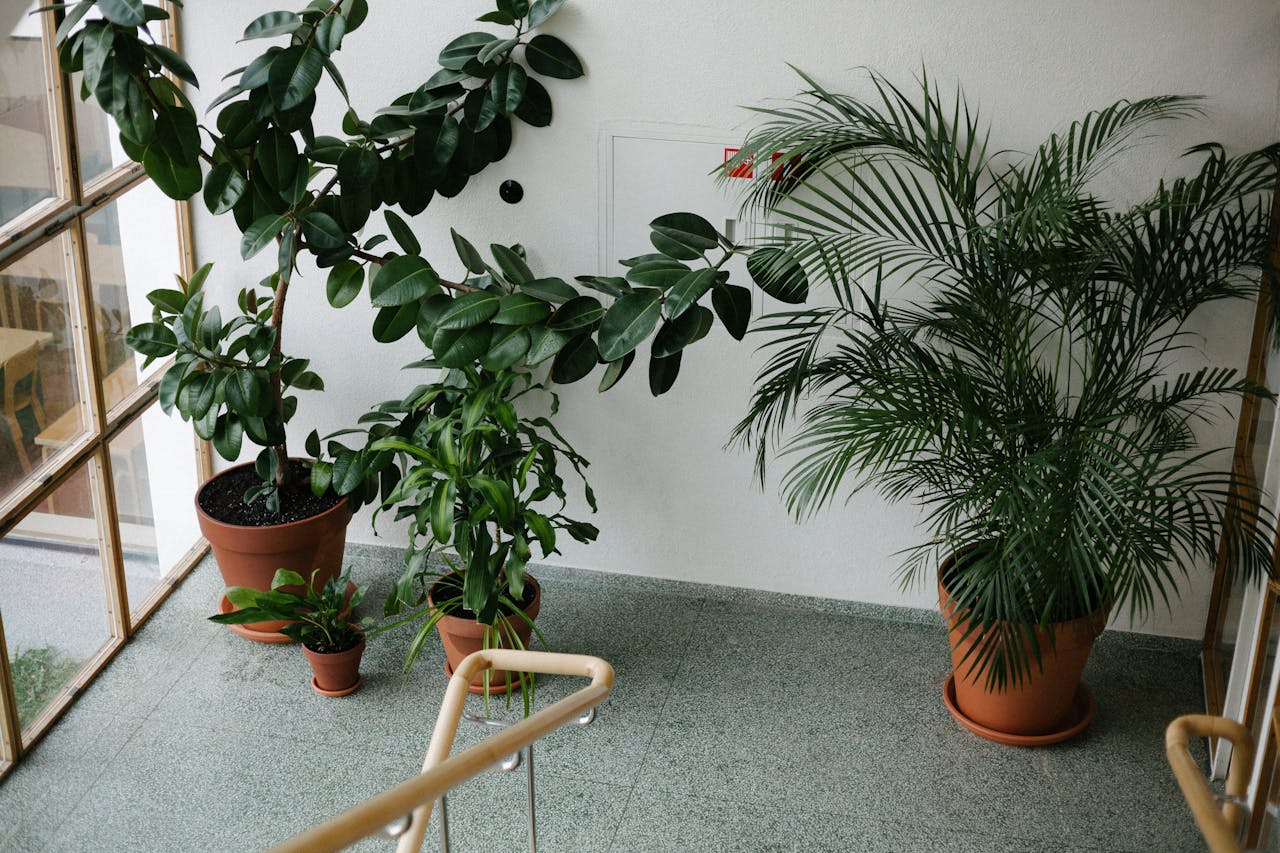Snake plants, also known as Sansevieria or Dracaena trifasciata, are popular houseplants due to their low-maintenance nature and ability to thrive in a variety of indoor environments. However, despite being one of the easiest plants to care for, even snake plants can encounter issues if not properly maintained. To help you keep your snake plant healthy and vibrant, it’s essential to avoid common care mistakes that can lead to problems such as overwatering, slow growth, and leaf damage.
In this article, we’ll walk through the most common snake plants care mistakes and offer solutions to fix them, ensuring your plant stays in peak condition.

1. Overwatering Your Snake Plant
Mistake: One of the most frequent issues with snake plants is overwatering. Snake plants are succulents, meaning they store water in their thick, fleshy leaves. Too much water can lead to root rot, which causes the roots to decay and the leaves to wilt or turn yellow.
How to Fix It:
- Water Sparingly: Water your snake plant only when the top 1-2 inches of soil are completely dry. Depending on the season, this could mean watering as little as once every 2-3 weeks, especially in winter.
- Ensure Proper Drainage: Use pots with drainage holes and well-draining soil (such as cactus or succulent mixes) to prevent water from sitting at the bottom of the pot.
Also Read- How The Rise Of Indoor Plant Parenting In 2024 Is Making Snake Plants The Favorite Houseplant
2. Placing the Snake Plant in Direct Sunlight
Mistake: While snake plants are highly adaptable and tolerate a range of light conditions, exposing them to direct sunlight can cause the leaves to burn, resulting in scorched, yellow, or brown tips.
How to Fix It:
- Provide Indirect Light: Snake plants thrive best in indirect sunlight or low-light environments. Place them near a window with filtered light, or in a room that receives bright but indirect light.
- Rotate the Plant: To prevent uneven growth, rotate your snake plant every few weeks so all sides get equal exposure to light.
Also Read- Why Snake Plants Are The Perfect Low-Maintenance Houseplants For Busy People
3. Using the Wrong Soil Type
Mistake: Planting snake plants in poorly draining soil can trap excess moisture around the roots, leading to rot and unhealthy growth. Snake plants need soil that mimics their native dry environments.
How to Fix It:
- Use a Well-Draining Mix: Choose a succulent or cactus soil mix, which allows water to drain quickly. If you’re using regular potting soil, mix it with sand or perlite to improve drainage.
- Avoid Water-Retaining Soils: Stay away from heavy or water-retaining soils, such as those meant for moisture-loving plants, as these will hold too much water for your snake plant.
Also Read- Snake Plants And Humidity: Do They Need A Humid Environment To Thrive?
4. Neglecting to Clean the Leaves

Mistake: Snake plant leaves can accumulate dust, which blocks sunlight and slows down photosynthesis. Over time, this can hinder the plant’s growth and lead to dull, unhealthy-looking leaves.
How to Fix It:
- Wipe the Leaves: Every month or so, gently wipe down the leaves with a damp cloth to remove dust and debris. This helps the plant absorb light more effectively and keeps it looking its best.
- Avoid Harsh Chemicals: Don’t use cleaning sprays or oils on the leaves, as they can clog the plant’s pores and reduce its ability to breathe.
5. Ignoring Pest Infestations
Mistake: Although snake plants are generally resistant to pests, they can occasionally fall victim to mealybugs, spider mites, or scale insects. Ignoring these infestations can cause the plant’s health to deteriorate.
How to Fix It:
- Inspect Regularly: Check your snake plant’s leaves regularly for any signs of pests, such as small white cotton-like masses (mealybugs) or fine webs (spider mites).
- Treat the Plant: If you spot pests, wipe the leaves with a solution of water and mild dish soap or use a natural insecticidal soap. Neem oil is also an effective organic treatment for pests.
- Isolate the Plant: If pests are found, isolate the snake plant from your other houseplants to prevent the infestation from spreading.
Also Read- Snake Plant Care During Holidays: How To Keep Them Thriving
6. Over-Fertilizing
Mistake: Snake plants are light feeders, meaning they don’t require a lot of nutrients. Over-fertilizing can lead to chemical build-up in the soil, causing leaf discoloration or stunted growth.
How to Fix It:
- Fertilize Sparingly: Use a balanced, diluted houseplant fertilizer once or twice during the growing season (spring and summer). Avoid fertilizing during the fall and winter when the plant’s growth naturally slows down.
- Flush the Soil: If you’ve accidentally over-fertilized, flush the soil with water to remove any excess nutrients. Make sure the water drains thoroughly from the pot.
7. Placing the Plant in Extreme Temperatures
Mistake: Snake plants are relatively hardy but are sensitive to extreme temperature fluctuations. Exposure to cold drafts, heat vents, or freezing temperatures can cause the leaves to droop or develop brown spots.
How to Fix It:
- Maintain Stable Temperatures: Keep your snake plant in a room with temperatures between 55°F and 85°F (12°C to 29°C). Avoid placing it near cold windows or air conditioning units during winter, and keep it away from direct heat sources like radiators or heaters.
- Move with the Seasons: As seasons change, adjust your snake plant’s placement to keep it within a stable temperature range.
8. Not Repotting When Necessary

Mistake: Over time, snake plants can become root-bound, where the roots outgrow the pot and become tangled. This limits the plant’s ability to absorb nutrients and water, leading to stunted growth.
How to Fix It:
- Repot Every 2-3 Years: Snake plants generally need repotting every few years. When you see roots poking out of the drainage holes or the plant has outgrown its current pot, it’s time to repot.
- Use a Larger Pot: Choose a pot that’s 1-2 inches larger in diameter than the current one, and make sure it has proper drainage.
Conclusion
Snake plants are one of the most forgiving and resilient houseplants, but even they can suffer if common care mistakes are made. Avoid overwatering, provide the right light, use well-draining soil, and be mindful of pests, and your snake plant will reward you with healthy, upright leaves and consistent growth. By understanding these common pitfalls and knowing how to fix them, you can ensure your Sansevieria thrives for years to come, adding a touch of greenery and clean air to your indoor space.













Leave a comment
This site is protected by hCaptcha and the hCaptcha Privacy Policy and Terms of Service apply.